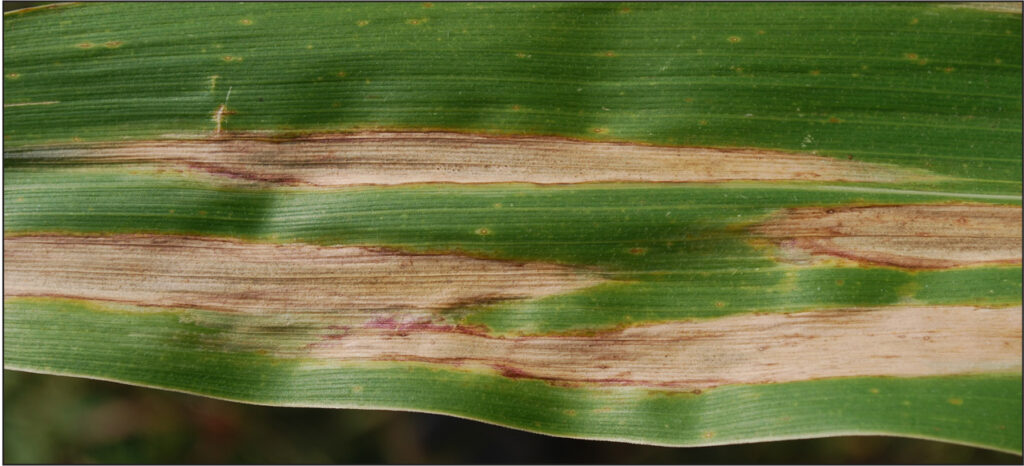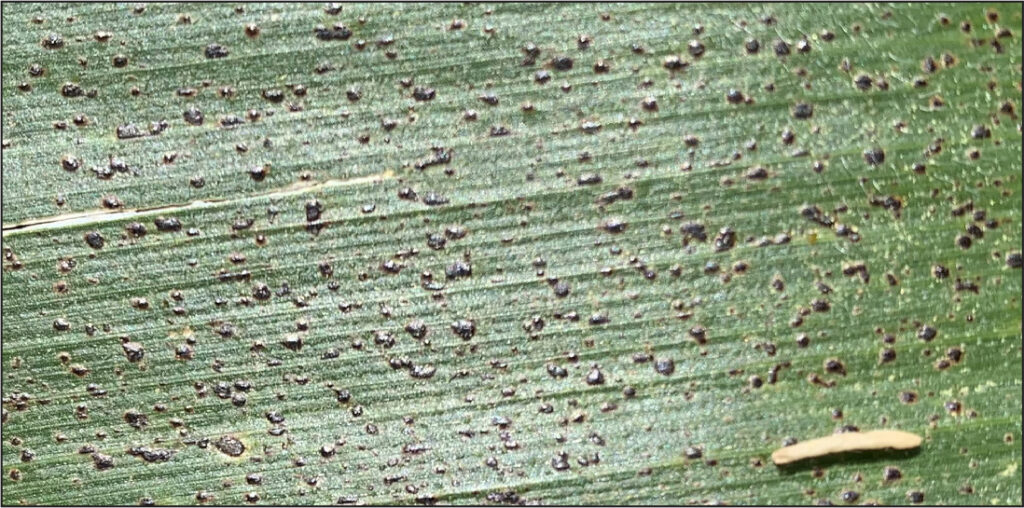Stripe and Leaf Rust Identified in Ontario Winter Wheat Fields

Co-authored with Albert Tenuta, Pathologist, Field Crops and Peter Johnson, Agronomist, Real Agriculture As of May 12, 2025 stripe and leaf rust had been identified in a small number of fields in Perth (Leanne Frietag) and Grey (Deb Campbell) counties. However, as of May 27, 2025 stripe rust has continued to progress and has been […]












